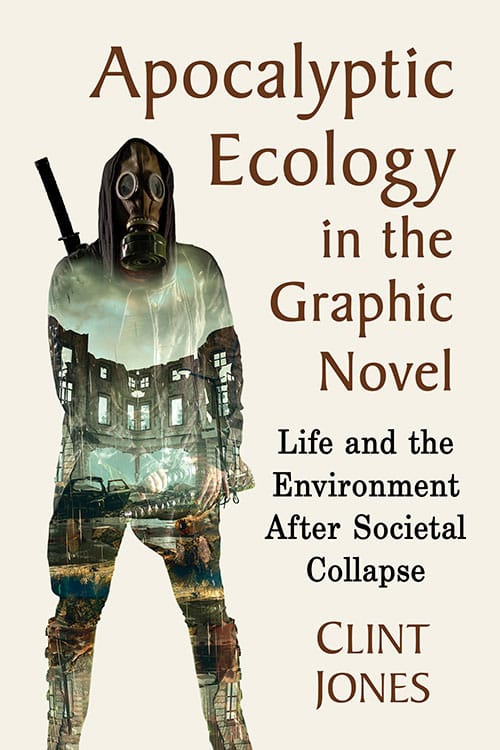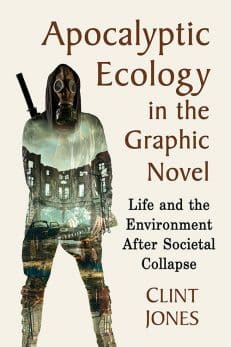Apocalyptic Ecology in the Graphic Novel
Life and the Environment After Societal Collapse
$39.95
In stock
About the Book
As awareness of climate change grows, so do the number of cultural depictions of environmental disaster. Graphic novels have reliably produced dramatizations of such disasters. Many use themes of dystopian hopefulness, or the enjoyment readers experience from seeing society prevail in times of apocalypse. This book argues that these generally inspirational narratives contribute to a societal apathy for real-life environmental degradation. By examining the narratives and art of the environmental apocalypse in contemporary graphic novels, the author stands against dystopian hope, arguing that the ways in which we experience depictions of apocalypse shape how we respond to real crises.
Instructors considering this book for use in a course may request an examination copy here.
About the Author(s)
Bibliographic Details
Clint Jones
Format: softcover (6 x 9)
Pages: 189
Bibliographic Info: notes, bibliography, index
Copyright Date: 2020
pISBN: 978-1-4766-6856-7
eISBN: 978-1-4766-3970-3
Imprint: McFarland
Table of Contents
Acknowledgments ix
Preface 1
1. Whither Dystopia? Why Apocalypse? 9
2. Dysto-Apocalyptic Hope and the Imagination 31
3. Pathogenic Shaped Futures, Part I: Annihilation and The Walking Dead 49
4. Pathogenic Shaped Futures, Part II: Reduction and Y: The Last Man 75
5. Post-Human Life in a Post-Nuclear Age in Snowpiercer and Sweet Tooth 101
6. The Massive and Life on a Warming Planet 127
7. Environmental Theory in an Apocalyptic Age 143
Chapter Notes 157
Bibliography 173
Index 177





